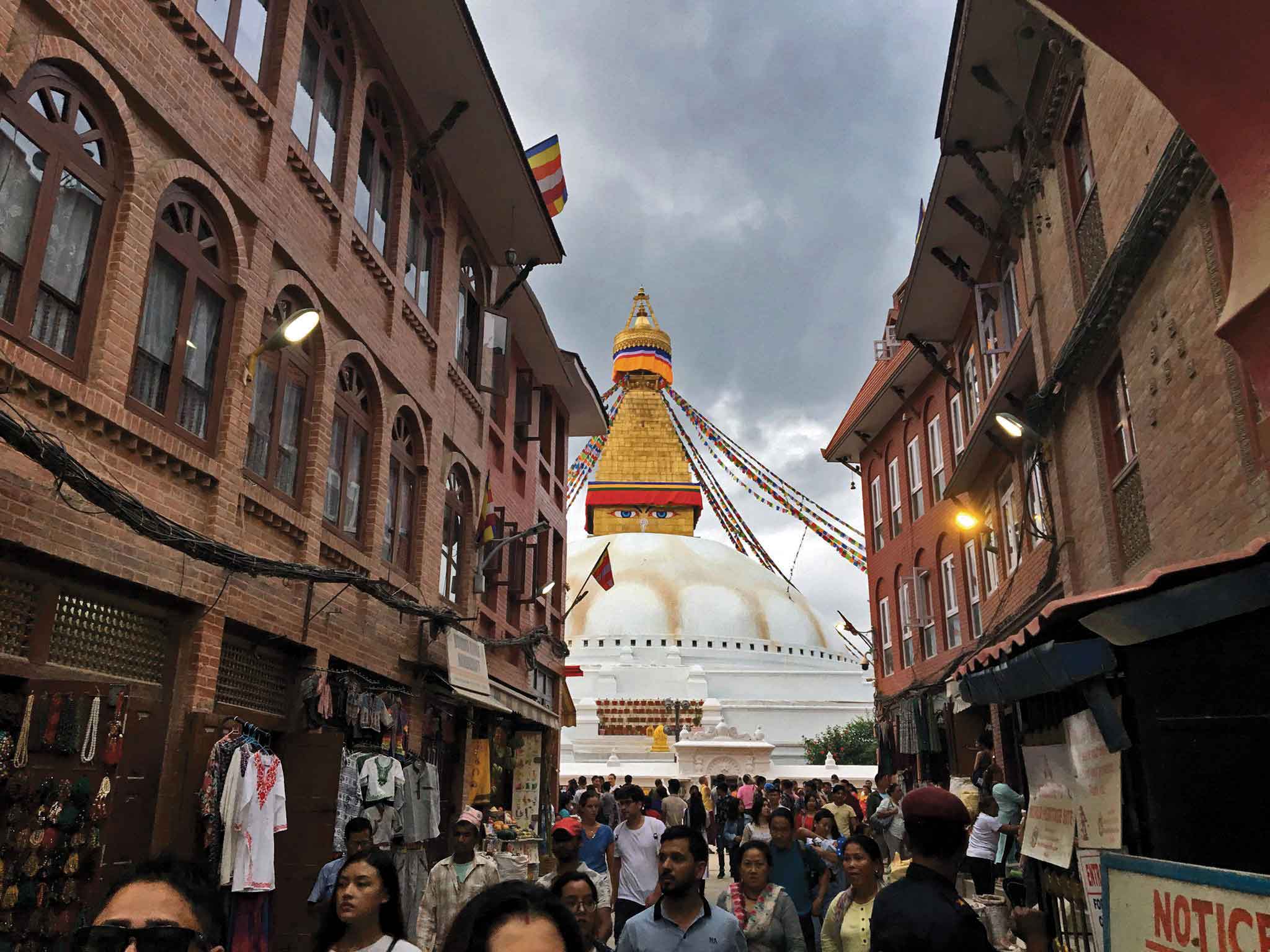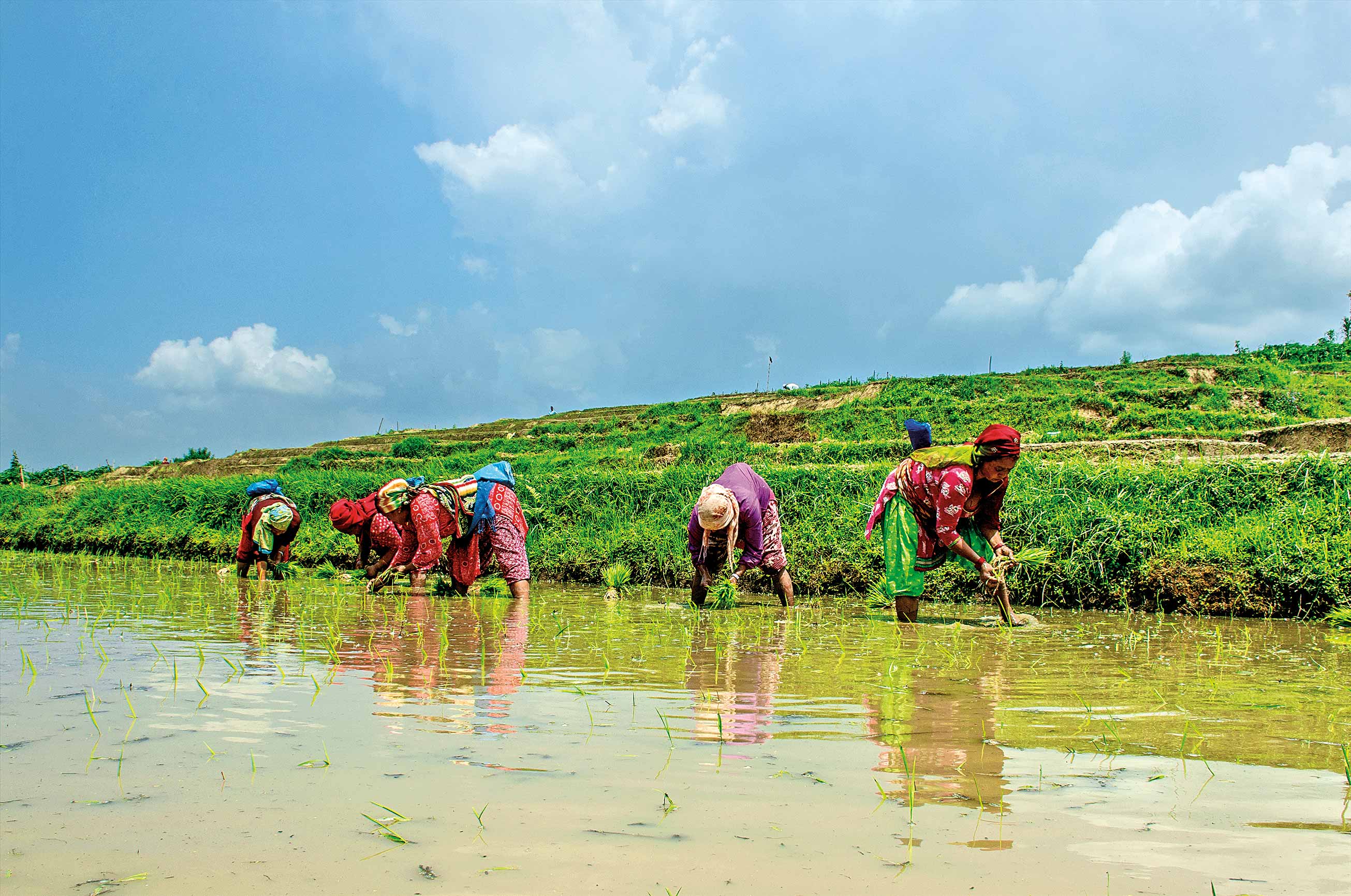Unearthing the forgotten lore behind an ubiquitous ritual.
 I remember squeezing into the little space in a small room where our family Aagan Dya was being worshipped during Dashain. We were waiting to take Aarhe. At the time, the room we were all in, was alight only from a bulb’s dim glare. During the prayer ritual, I used to be the first to bring my hand forward to take Khay: (fermented curd) and Aarhe, although I knew I would be sent to the back of the line because the ritual required the elders to receive the offerings first.
I remember squeezing into the little space in a small room where our family Aagan Dya was being worshipped during Dashain. We were waiting to take Aarhe. At the time, the room we were all in, was alight only from a bulb’s dim glare. During the prayer ritual, I used to be the first to bring my hand forward to take Khay: (fermented curd) and Aarhe, although I knew I would be sent to the back of the line because the ritual required the elders to receive the offerings first.
Taking Aarhe is one of the ritualistic staples of religious functions. Along with Aarhe we are also given Khay: in a Salicha. Consuming Khay: and Aarhe makes us valid participants of a puja during festivals. As a child, I was only interested in what prashads were on offer; the incessant ring of the bell would only spur my hunger more. I drooled in anticipation for malpwa, sel, orange nimki, chhweyla and especially khay: that tasted like everything: salty, sour, bitter, sweet and hot. But I never asked why we had to take it until this year.
According to Deepak gurju of Patan, the Khay: taken with Aarhe is like taking an oath. “It’s a promise one makes to live a life of a Boddhisattva.” A person should be compassionate, friendly, content and selfless to be a Boddhisattva. “I have work to do yet,” I thought to myself as the gurju spoke from the depths of his knowledge. “Khay: is a mixture of curd, salt, fenugreek, sugar and chili powder. The mixture represents human emotion and the piece of meat in it symbolizes human flesh” says gurju.
Although Khay: is offered in most Newari religious functions, the ingredients vary from community to community. “Previously, Khay: used to be served with fish, eggs, liver, and deer’s meat representing the living beings we live with. Taking this meant pledging to work for the welfare of all living beings,” says Deepak gurju. With time, modernity has affected our tradition, we no longer use deer’s meat for the ritual. What has become more important with time is the meaning behind taking Khay: which most of us are yet to discover. Probably, in the years to come we will still be taking Khay: while partaking in prayer rituals but hopefully the reasons behind them will be understood and taken to heart.










